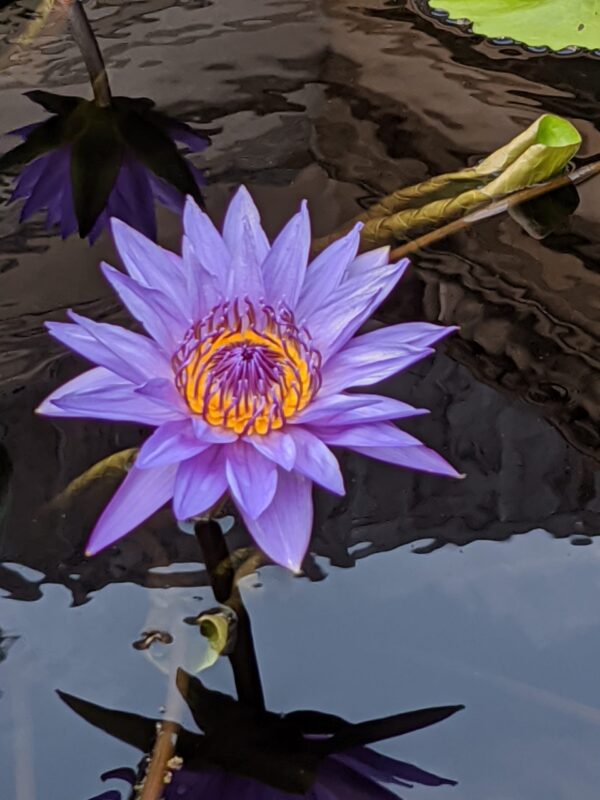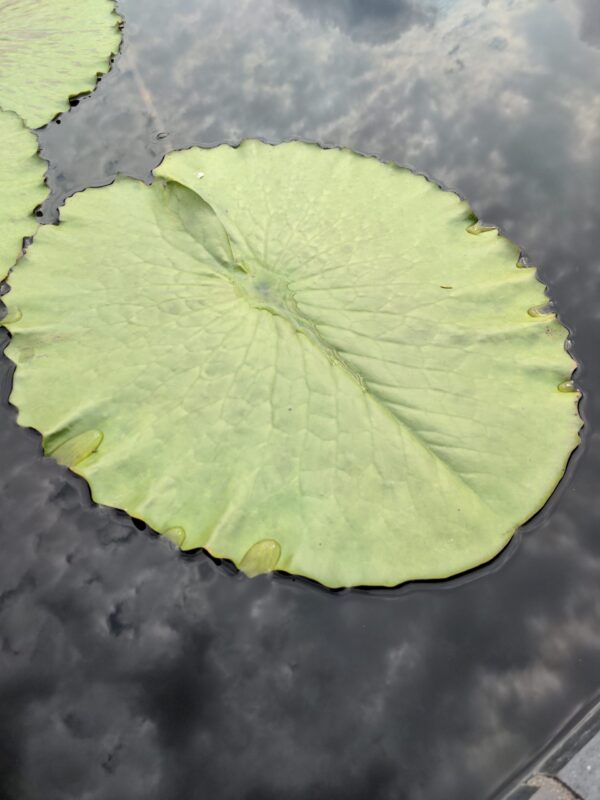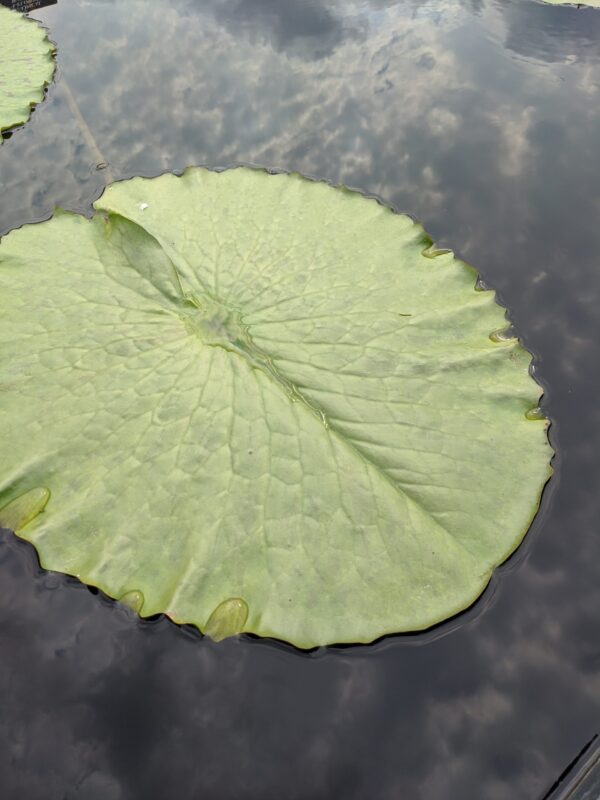Betteridge’s Law of Headlines strikes again!
It’s frequently stated that certain phones have “better” cameras that others. In particular, the Pixel line of phones is well known for producing amazing images.
The truth is that the physical camera on your phone doesn’t make much of a difference. Most all modern phones have cameras that are “good enough,” with several dozen megapixels, multiple lenses, and high sensitivity. Instead, much of what we think of as image quality comes from the processing that is done after the image is taken.
Basic camera apps do very little processing, while the camera app that comes with the Pixel phone performs virtual magic. For example, in portrait mode it can automatically detect faces and blur the background, making it look as if the image was taken by a camera lens with a shallow depth of field.
To illustrate this point, below are three pairs of images taken with the same phone (a Pixel 4a) under identical conditions. The left image was taken and processed using the GCam app, while the image on the right was taken with OpenCamera, which is an open-source camera app. In both cases, we used the default photo mode and did not change any settings, nor did we do any post-processing on the images.
In all cases, the GCam photo appears sharper, has better color balance, shows more detail, and all around is a better photo.
Again, for each image the left one is taken with GCam, and the right one is taken with Opencamera. Same phone, default settings.












So when looking for your next phone, remember that the software that processes the images is really what’s important. That’s why we install the GCam app on all of the phones we sell (except those with GrapheneOS), for the best possible image quality regardless of what device you are using.
Oh, and in case you’re wondering how the cameras on our other phones perform, here’s a photo of a bee taken with the macro lens on our Moto G8 Power.



